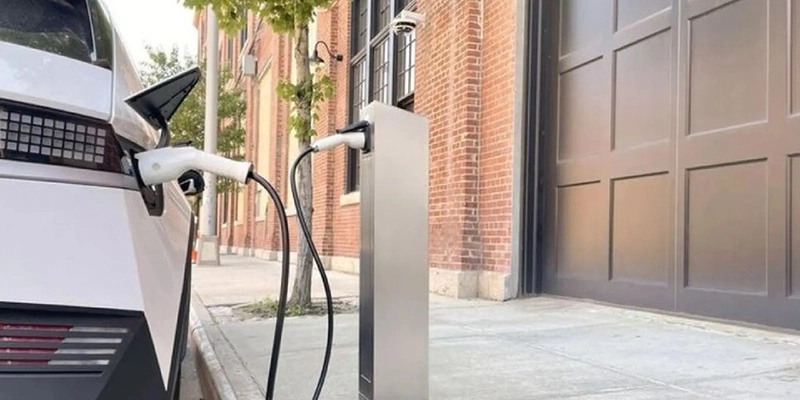Recently, charging point operators in Catalonia have been victims of a series of copper cable thefts in regions such as Reus, Tarragona, Baix Penedès and Bages.
This situation has resulted in significant economic damage and many equipment being out of service for weeks or even months.
Given this situation, what are the solutions that industry experts propose?
“One option would be to assign a DNI or a DNA to the copper, so that its origin can be traced at any time,” suggests Juan Manuel Moya García, Ambassador at the Association of Electric Vehicle Users (AUVE).
The professor at the University of Extremadura also tells Mobility Portal España that this should be accompanied by inspections of those who market this product.
This would allow points of sale to be analyzed to determine the origin of the material, identify sellers and guarantee the traceability of the entire system.
Who should be in charge of this registration?
“The ideal would be for the copper supplier to assume this responsibility, since at the level of charging points I consider it more complex,” he indicates.
It is important to note that this problem manifests itself mainly in unattended or inhospitable places, where the equipment is left unattended, areas where users are currently demanding that there be chargers.
Therefore, the AUVE representative proposes another solution: installing security cameras to identify thieves.
“So that the charging cables themselves are equipped with a system that, if they are cut for any reason, immediately notifies the operator,” he explains.
However, the implementation of these systems would imply additional costs that would be reflected in the final price, which would make the product more expensive.



In this context, Ferrán Menescal Miralles, Sales Manager Iberia at Kempower, adds a third alternative: wireless or inductive charging, which allows the electric vehicle to be supplied without the need for cables.
A manufacturer that is taking the lead in this technology is Tesla, who has acquired the German company Wiferion, specialized in this area.
Although it later sold it, it retained its engineers and, together with them, Elon Musk‘s company is immersed in the development of an inductive “refueling” platform.
This indicates that this solution is still in the development and research phase.
“Although the bus has advanced with the use of the pantograph, for cars wireless charging is not yet the solution,” he maintains.
The problem of copper theft is not limited to Spain, but is also observed in other European countries.
This is mainly due to the simplicity with which this action can be carried out.

Because the cable has no tension until the car is connected, “it is very easy to cut and can be divided in any way you want.”
This is the main reason, since, according to Ferrán Menescal Miralles, the price at which the material is sold is not that high.
According to him, the value that a thief can acquire for the copper extracted from a long cable hose can be around “15 or 20 euros, which is what they are paid at the scrap dealer.”
“Therefore, these are very small quantities that they can obtain,” he emphasizes.
While the investment that charging point operators must make to repair the equipment is “more than 1,000 euros,” reaching in some cases 8,000 euros.
Added to these losses are the hours of work necessary to make these arrangements.
These acts of vandalism not only cause significant financial losses, but also leave many chargers out of service for weeks or even months.
This poses an additional challenge for “refueling” stations that are not yet operational due to bureaucratic issues, damage, or simply because they are not operational.
However, according to the Kempower representative, the focus should be directed not only at the criminal, but also at those who buy the copper , “who can easily identify that these are stolen cables.”
“The solution to the problem is reached when the purchase of this material is completely eradicated,” he says.






